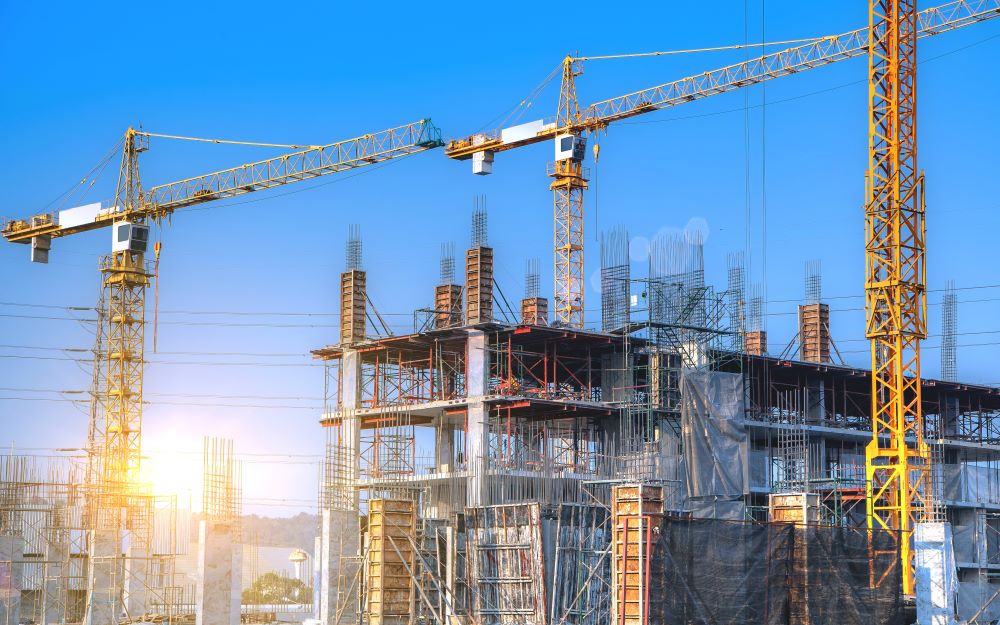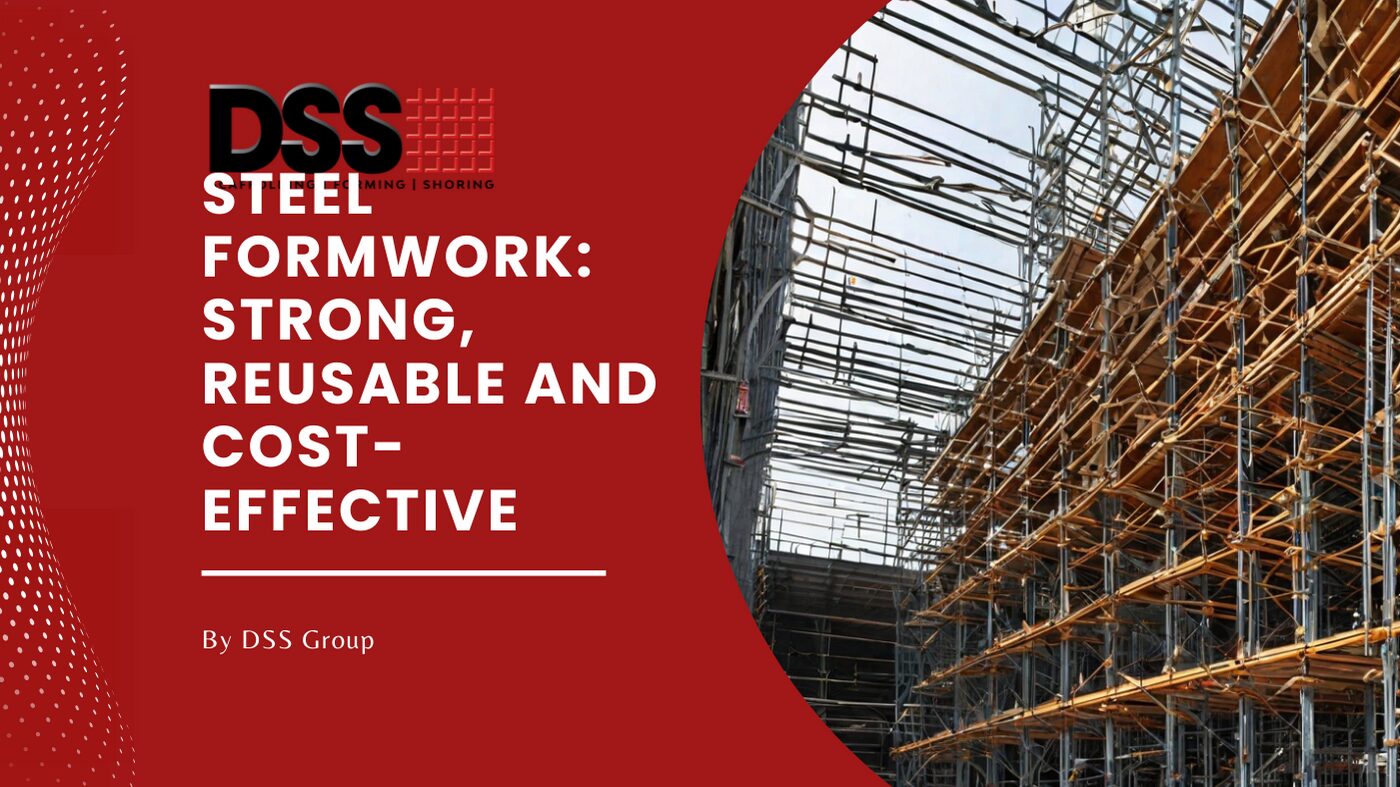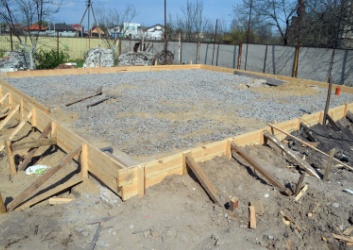
Critical Scaffold Safety Tips to Avoid Disaster
As a construction professional, your responsibilities involve managing complex projects,

As skyscrapers and iconic structures continue to push the boundaries of modern engineering, scaffolding projects has become an integral part of construction and renovation for projects of enormous scale. You may not give much thought to the temporary steel and wooden structures erected around buildings under development, but scaffolding has facilitated some of the most ambitious architectural and engineering feats in history. A construction or renovation project of epic proportions requires work to be performed high up or in hard to reach areas. Scaffolding provides a safe platform for workers and materials largest scaffolding projects from around the world demonstrate how this seemingly simple system has enabled the creation of some of humanity’s greatest structural marvels.
The Scaffolding is essential for constructing and renovating massive structures around the world. Some of the largest scaffolding projects enable work on iconic landmarks and the tallest skyscrapers.
The Giza Pyramids in Egypt underwent major restoration work in the 2010s, requiring an enormous scaffolding structure to access the 450-foot Great Pyramid. The scaffolding consisted of a network of metal pipes, platforms and stairs that surrounded the pyramid, allowing workers to clean, stabilize and protect the ancient limestone blocks.
The Shanghai Tower, China’s tallest skyscraper at 632 meters high, utilized an immense scaffolding system during its construction from 2008 to 2015.Workers added new floors to the tower by progressing upward on the high scaffolding, which contained multiple levels of wooden boards and metal pipes. Construction workers relied on the scaffolding for access, transporting materials and safety equipment.
London’s iconic Big Ben clock tower has been undergoing a multi-year renovation, requiring an expansive scaffolding structure to envelop the 96-meter Elizabeth Tower. The scaffolding has allowed crews to access all areas of the tower to restore masonry, repaint, regaled the clock dials and repair the clock mechanism. The construction team is expected to complete the iconic scaffolding and renovation project in 2021.
Massive scaffolding projects around the world enable the construction and preservation of some of the largest and most historic structures. When built to high safety standards, scaffolding provides essential access for ambitious and complex building projects on a grand scale.
Construction and renovation projects around the world have erected some of the largest scaffolding structures ever built. Scaffolding for high rise buildings requires meticulous planning and engineering to ensure safety, stability and functionality.
The Burj Khalifa’s construction (2004-2010) employed specialized scaffolding due to its unique design and extreme height. Modular scaffolding allowed secure access for tasks, material transport, and worker mobility. Custom design adapted to the tower’s architecture. As the tower grew to record-breaking heights, the workers extended the scaffolding to aid efficient and safe construction.
The Venetian Macao casino and resort in Macau, China features the largest single hotel building in Asia with over 3,000 suites and 1.2 million square feet of gaming space. Constructing the curved facade of the 39-story luxury resort required an enormous scaffolding structure covering the entire building. The $2.4 billion project opened in 2007 and set several world records.
The iconic Sagrada Família church in Barcelona, Spain has been under construction since 1882. The immense scaffolding surrounding the ornate Gothic and Art Nouveau basilica is a fixture of the Barcelona skyline. The scaffolding has allowed stonemasons and other tradesmen to slowly build the church through private donations over the last century.They do not expect to complete the basilica until at least 2026, which is the 100th anniversary of architect Antoni Gaudí’s death.
People around the world recognize the Sydney Opera House for its distinctive shell-shaped design. Workers pieced together its precast concrete panels and vaulted roofs while enveloping the Opera House in scaffolding during its original construction in the 1960s and 70s. The scaffolding was itself an impressive sight and an important part of the building’s history. After completion, various renovation and preservation projects have used additional scaffolding to maintain the architectural icon.
Some of the world’s most iconic buildings have required extensive scaffolding during construction or renovation. The scale and complexity of these massive projects is truly an engineering marvel.
The Empire State Building is one of New York City’s most recognizable landmarks. When construction began in 1930, the scaffolding used was unprecedented. The steel frame rose at an astonishing rate of one floor per day, requiring 50 miles of pipes and over 350,000 rivets to hold it all together. The designer designed the scaffolding for efficiency and included a small elevator to move materials up and down. Upon its completion, the Empire State Building stood as the tallest building in the world for nearly 40 years.
The Leaning Tower of Pisa in Italy required significant scaffolding and stabilization efforts to prevent it from toppling over. Construction began in 1173 but took over 200 years due to wars and other delays. The soft, unstable soil caused the tower to start leaning as early as 1178. In the 1990s and early 2000s, workers began extensive stabilization efforts to secure the foundation and erected scaffolding around all sides of the tower. They removed hundreds of tons of soil from under the higher side of the foundation to level it. The stabilization efforts were a success, and the iconic Leaning Tower of Pisa is now open to visitors.
Scaffolding plays an essential role in constructing and preserving some of the world’s most impressive buildings and landmarks. Scaffolding enables the completion of these massive and complex projects with proper engineering and safety precautions put in place.
When undertaking a large-scale scaffolding project, you must consider several logistical challenges.As the size and complexity of the construction increases, so do the difficulties in properly executing the scaffolding. To ensure worker safety, cost efficiency, and timely completion, we require careful planning and preparation.
By adequately addressing the challenges, monumental scaffolding endeavors can overcome logistical difficulties through rigorous planning, preparation, and project management, achieving worker safety, cost effectiveness, and on-time completion even on an immense scale.
Safety is paramount for mega scaffolding projects, especially those at great heights or that require complex structures. When erecting scaffolding on an enormous scale, several precautions must be taken to ensure the wellbeing of workers and the public.
Strict safety practices must govern massive scaffolding projects to shield workers and communities from harm. Careful planning, diligent inspections, protective equipment, and comprehensive precautions can help prevent the dire consequences of a collapse or fall from tremendous heights. Safety should be the top priority for any construction project, but especially for those that ascend to such perilous elevations.
In conclusion, scaffolding projects on an immense scale demonstrate the ambition and ingenuity of construction and renovation efforts around the world. These massive undertakings require meticulous planning, specialized equipment, and expert teams to erect and dismantle the scaffolding structures. The results of these projects showcase some of the most iconic landmarks, buildings, and infrastructure, allowing people to continue accessing and enjoying them. While the scale of such scaffolding systems boggles the mind, they are a testament to human achievement and our desire to build, create, restore and improve. The next time you see scaffolding around a building, think of the complexity behind the structures and the efforts to craft something memorable. Scaffolding on a grand scale allows us to reach new heights.

As a construction professional, your responsibilities involve managing complex projects,

As a construction professional, you are always looking for innovative

After spending many years helping people in all areas of

DSS (Direct Scaffold Supply) has launched a new website designed